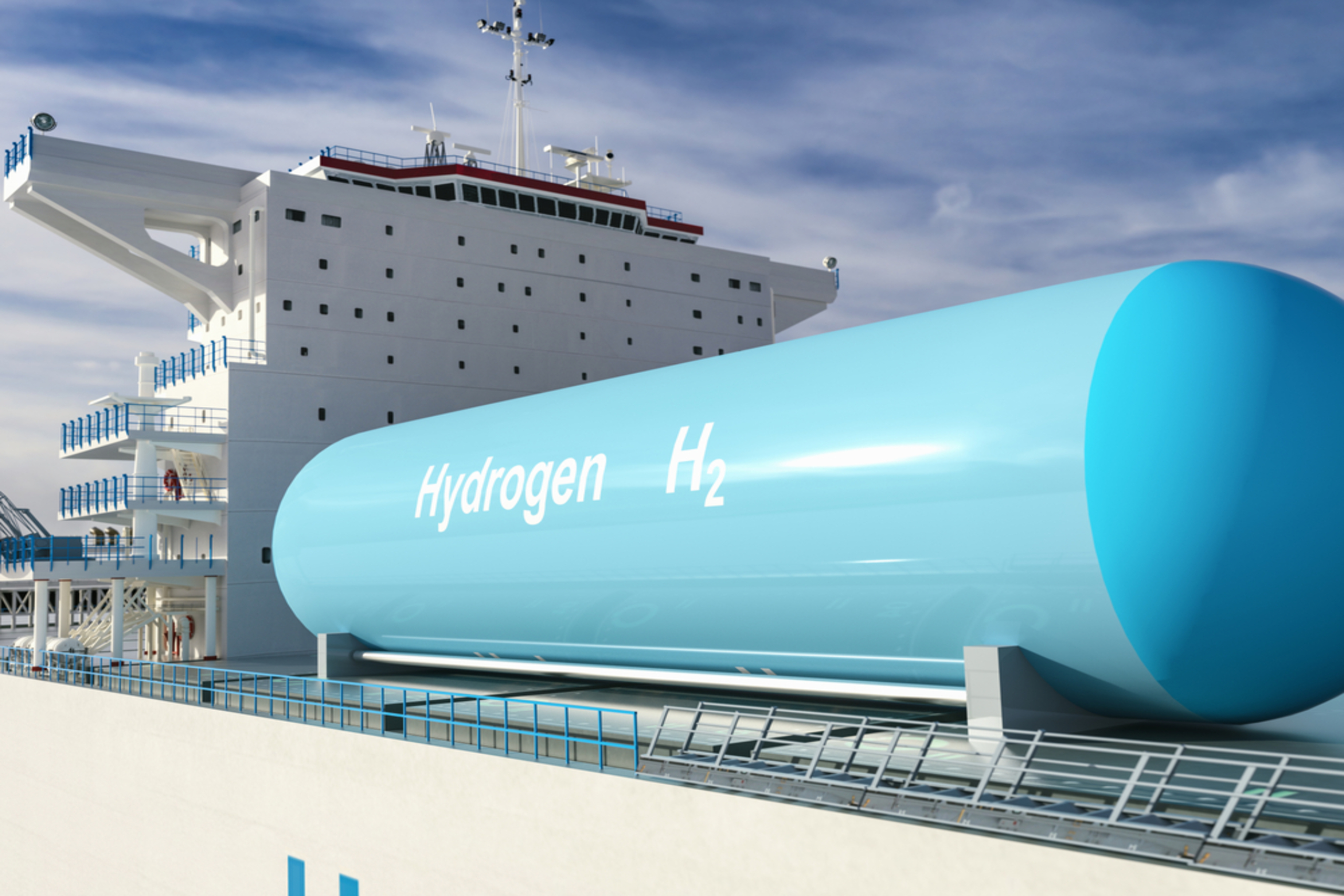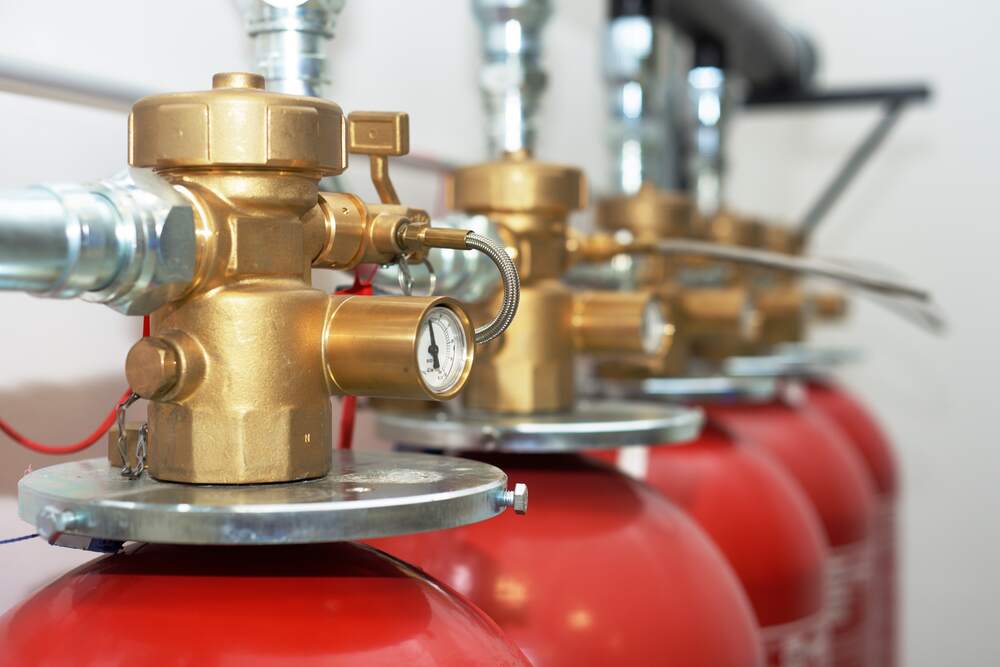Impurity Monitoring In Fuel-Cell Hydrogen

A Single-Supplier Solution For Impurity Monitoring In Fuel-Cell Hydrogen
Global efforts to reduce harmful emissions have focused on lowering carbon output, particularly in transportation. Fuel cells provide a flexible solution, powering everything from laptops to power stations, and are seen as key to transitioning to a zero-emission energy sector. A hydrogen fuel cell efficiently produces electricity with water and heat as the only byproducts, making it ideal for zero-emission vehicles.
While most hydrogen is still made from fossil fuels, a strong hydrogen infrastructure can shift production to carbon-free methods in the future. Fuel cells are more efficient than combustion engines and offer similar range (500-700 km) while refueling quickly at stations, unlike battery-electric vehicles.
However, hydrogen purity is critical to fuel cell performance. Impurities, such as methane, moisture, carbon monoxide, and carbon dioxide, can affect the fuel cell depending on hydrogen production methods. Maintaining low impurity levels is essential for fuel cell efficiency, as specified by standards like ISO 14687 and SAE J2719.

